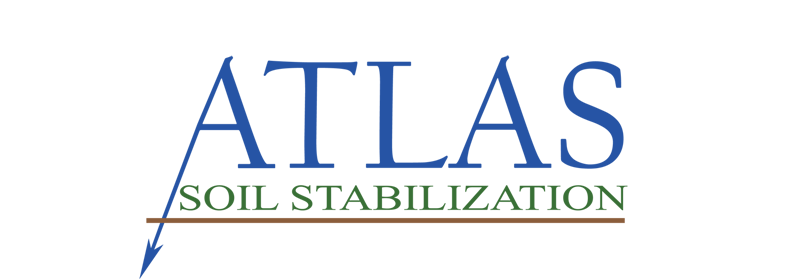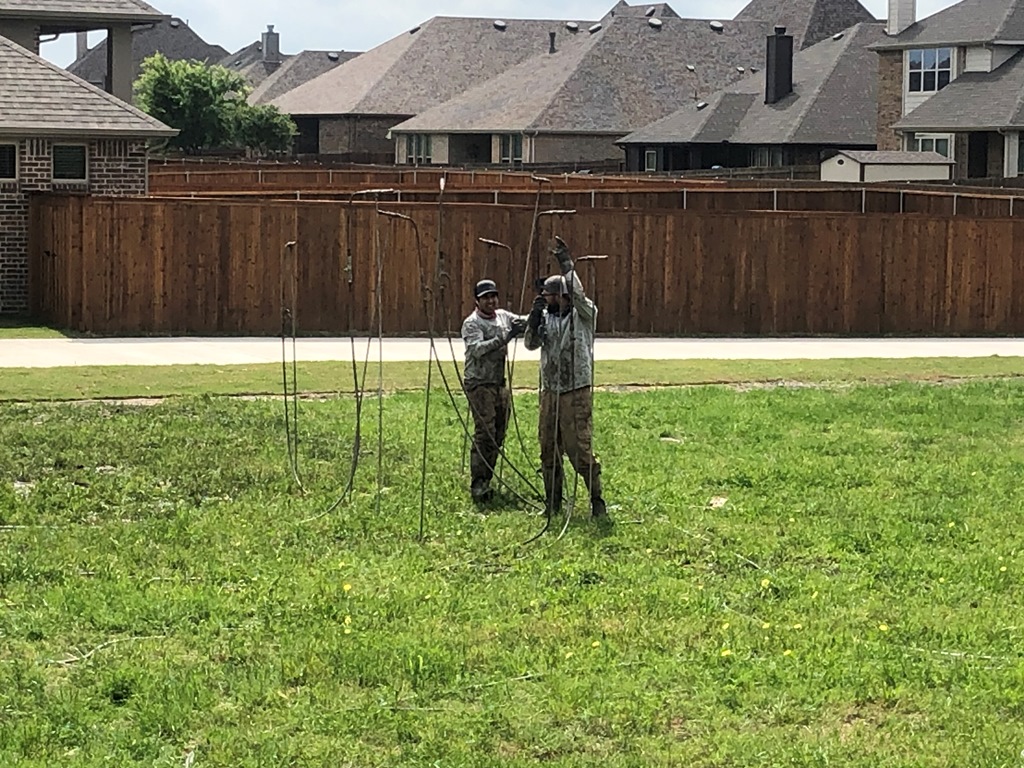
Chemical Injection
The chemical injection process is almost identical to the water injection process but with the addition of chemical solutions or additives that help to reduce the overall swell potential of the soil. Although hole spacing is identical to water injections, total water use is often less with chemical injections. Often, only 1-2 passes are necessary for chemical injections to be effective. In some situations, if the existing soil is excessively dry, a water only pass may be performed prior to the chemical injection.
Site prep for chemical injections is the same as for water injections. The foundation pad should be no more than 12 inches below the finished subgrade using onsite soils. This will allow for some swelling of the underlying soils from the chemical injection process. Please do not set concrete forms until the chemical injection is complete and has passed a post-injection swell test by a state certified engineer.
Once the pad has been prepped, the entire area will be chemically injected to depths between 8-12 feet depending on your engineer’s recommendations. Typically speaking engineers will also require that the perimeter area 5 feet from the foundation edge be injected as well.
During the injection, rods are spaced 5 feet apart with each subsequent pass having holes offset between previous holes to create an even 2.5 foot spacing throughout the injection area. Injection holes are never reused. Each injection rod is driven into the ground at 12-inch intervals until water is refusing out of previous holes and/or cracks in the soil. Injection rods typically sit for at least 30-45 seconds per 12-inch interval, sometimes longer if the soil is excessively dry or hard. Wetting agents, called surfactants, are typically added to water in an injection water to help the water spread more easily throughout the soil.
Although the primary chemical solutions we use are acid-based, we do have the capability of injecting a variety of solutions at the request of engineer or customer including potassium chloride. Even though potassium chloride injections are much more costly option they are nevertheless a very effective choice. We highly suggest using the solution your engineer recommends. All of our injection water is a chocolate brown color due to the natural color of the surfactant we use.
Chemical and water injections cannot control nor divert underground water. Underground water flow can cause deep soils to swell regardless of the chemical injection treatment. Proper grading a drainage all around the foundation is as equally crucial in helping to prevent the foundation from moving as is the chemical injection. Together they are a very successful combination. The ground all around the foundation must slope away from the foundation or it must be covered in a hardscape such as concrete or pavers with surface drains or it must be sloped so that surface water is carried away. The IRC (International Residential Code) has clear requirements for proper grading and drainage around a foundation. Please see the Moisture maintenance Recommendations.
Please see the Moisture maintenance Recommendations.


